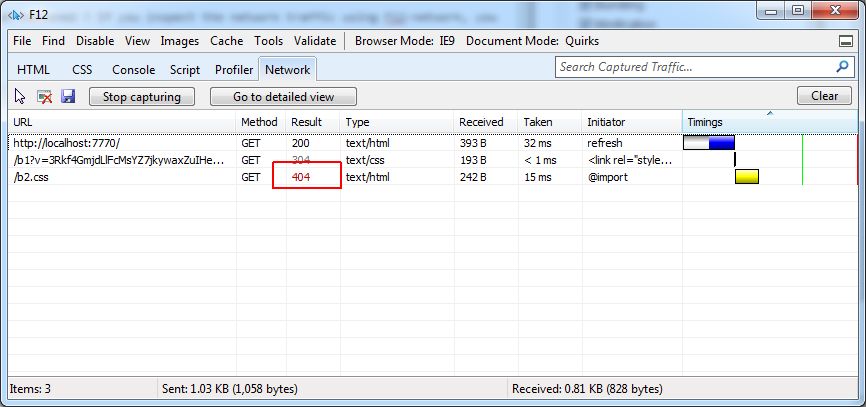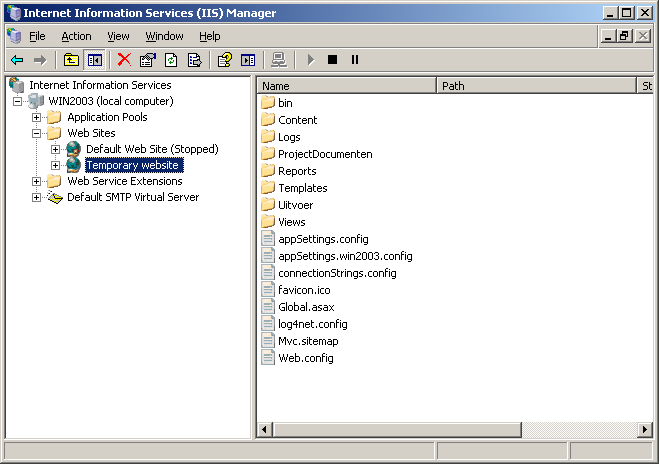Consider the following code:
public ActionResult Index( )
{
StyleBundle b = new StyleBundle( "~/b1");
b.Include( "~/Content/base.css");
BundleTable.Bundles.Add( b);
return( View( "~/Src/b.cshtml"));
}
This Controller method creates a bundle and includes a css-file located at ~/Content/base.css and then returns the view. The css file looks like this :
@import "b2.css";
body
{
font-family: Verdana;
font-size: small;
}
This file imports another css file b2.css. This includes a style to render the ‘important’-div red:
#important
{
color: #FF0000;
}
The last line in our C#-code renders file ~/Src/b.cshtml :
@System.Web.Optimization.Styles.Render( "~/b1") <div id="important">This is important</div>
This file calls the Render from System.Web.Optimization.Styles. The purpose of the Optimization library is to minimize css-files and scripts when running a release build, saving you the hassle of manually creating minimized files. If you call on this Action in Visual Studio, optimisation is disabled because you’re running in debug-mode resulting in the following view :

You see a nice red sentence, just like expected. If you now publish a release build of this code, you’ll see the following :

The red sentence has turned black. What happened ? If you inspect the network traffic using F12-network, you see the following :

The imported css file is not found on the network, caused by optimisation failing to fetch the correct paths for imported css files.
Ergo : Don’t use bundling with imported css-files.
If in full control of your css-files, then don’t import css files using the ‘import’-directive. If you’re not in control of your css files (using jQuery, Openlayers, etc..) then don’t optimize your css files using bundling.
Notes:
- Optimisation failing isn’t noticed until you deploy a release build. Even if you run a release build local before deploying, a cached css maybe read thus fooling you. If you would inspect network traffic on a release build locally before deploying, you’d see it fails
- Optimization is turned on by the following line in Web.Config :
<compilation debug="false" targetFramework="4.0"/>
If you publish a release build, the attribute
debug="false"is absent which results in ASP.Net using the default which is false:<compilation targetFramework="4.0"/>
- To quickly see if your optimized styles are rendering correct, you can also use the following statement in your C#-code :
BundleTable.EnableOptimizations = true;
